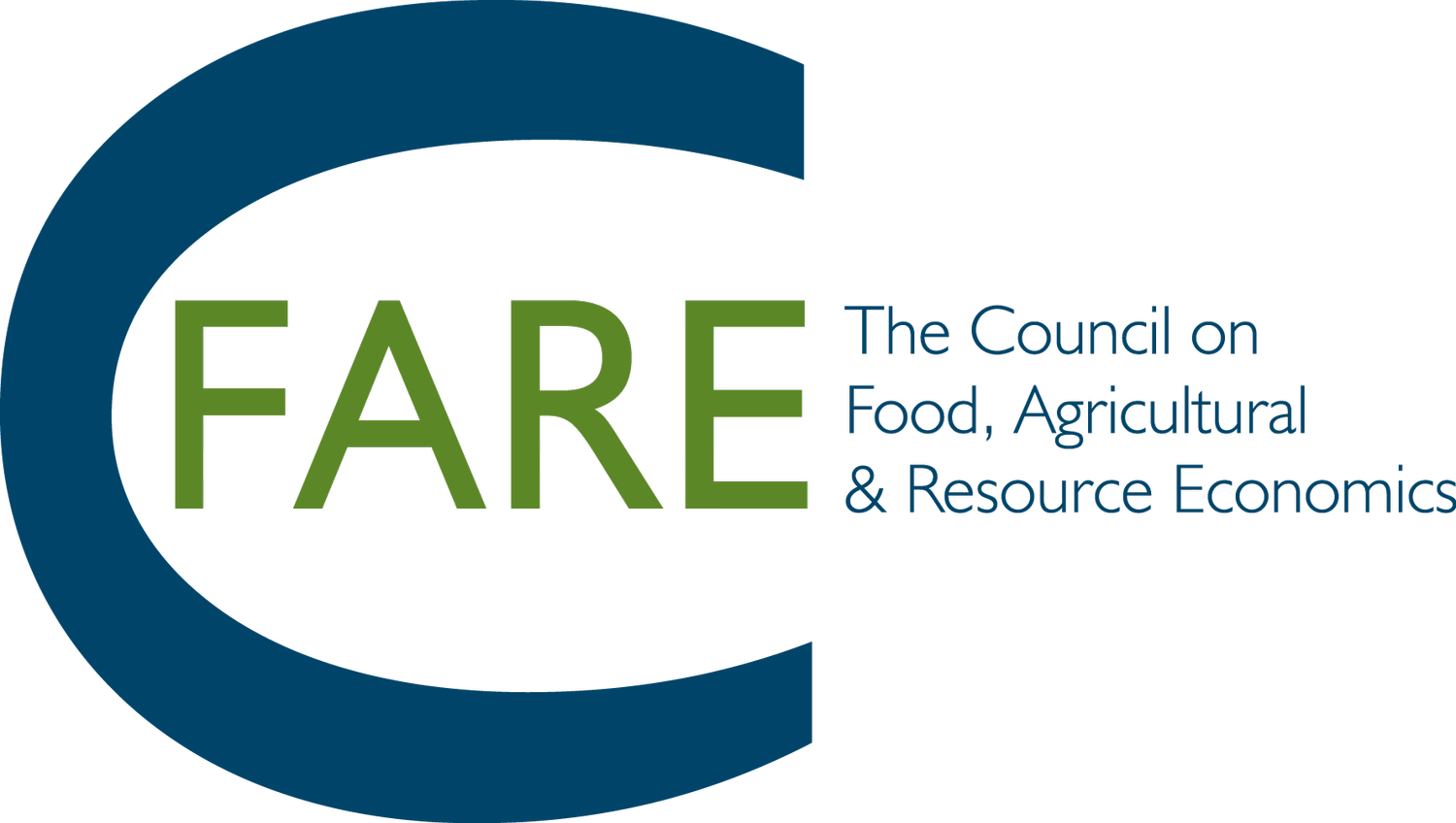Investing in U.S. Agricultural Research and Extension: A Strategic Asset for Farmers, Consumers, and Global Leadership
David Zilberman, C-FARE Board Member and Professor, University of California-Berkeley
Investing in agricultural research, development, and extension (R&D&E) is one of the most effective ways to strengthen the U.S. economy, enhance rural prosperity, and reinforce American leadership in global food systems. For decades, these investments have yielded extraordinary returns, driving productivity growth, improving farmer welfare, expanding consumer access to affordable food, and establishing the U.S. as a dominant force in global agricultural markets.
U.S. farmers have benefited tremendously from innovations generated by public research institutions and delivered through extension networks. Breakthroughs in crop genetics, pest management, digital agriculture, and water-use efficiency have boosted yields while lowering input costs and risks. These gains have enabled U.S. agriculture to remain competitive despite rising labor costs, environmental constraints, and volatile global markets. Importantly, the benefits extend beyond large commercial farms. Extension services help small and mid-sized farms adopt new technologies, improve profitability, and adapt to changing conditions.
For consumers, the impact is equally profound. Agricultural productivity growth, fueled by R&D, has helped keep U.S. food prices among the lowest in the world. At the same time, research has supported improvements in food quality, safety, and nutrition, along with growing attention to sustainability and climate resilience. These outcomes enhance not only individual wellbeing but also national food security.
Globally, U.S. agricultural research has played a pivotal role in shaping international food systems. It has fueled the country’s rise as one of the world’s leading agricultural exporters. Innovations in crop breeding, biotechnology, and mechanization have enabled U.S. producers to serve global markets more efficiently and reliably than many competitors. This relative advantage is rooted in decades of sustained investment in science and technology. American food exports are not just economic assets—they are instruments of international influence. U.S. agriculture feeds hundreds of millions of people around the world, reinforcing strategic partnerships and extending the country’s soft power.
Beyond food, U.S. agricultural research has laid the foundation for the emerging bioeconomy. Innovations in biomass conversion, biofuels, and bioproducts are helping to reduce dependence on fossil fuels, lower greenhouse gas emissions, and enhance national energy security. This transformation creates new markets for agricultural feedstocks, adding value to farm outputs and driving investment in rural areas. As climate challenges intensify, the bioeconomy offers a path toward more sustainable, circular systems of production that benefit both the environment and the economy.
The rural sector stands to gain significantly from renewed investment in agricultural R&D. Technology adoption and new market opportunities can revitalize struggling rural economies, create jobs, and support a new generation of farmers and entrepreneurs. By integrating modern science with local knowledge through extension systems, communities can harness innovation to improve resilience, income, and quality of life.
In short, agricultural research and extension are not just tools for farm productivity—they are strategic investments in national competitiveness, rural wellbeing, global leadership, and long-term sustainability. Reinvigorating U.S. commitment to this sector is essential for meeting future food and energy challenges, strengthening the American economy, and asserting positive influence around the world.
At University of California-Berkeley, multidisciplinary teams of researchers work to identify ways to safely recycle waste water to enhance water supplies; other teams work to harness genetic engineering to reduce insect damage to crops.
